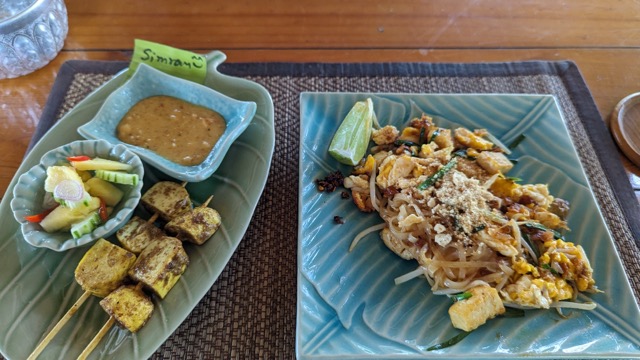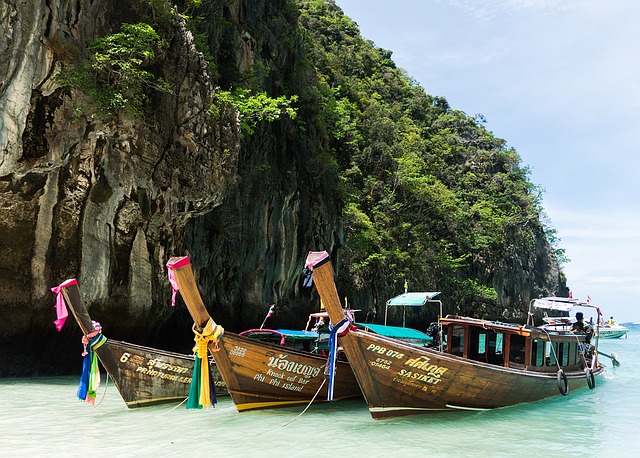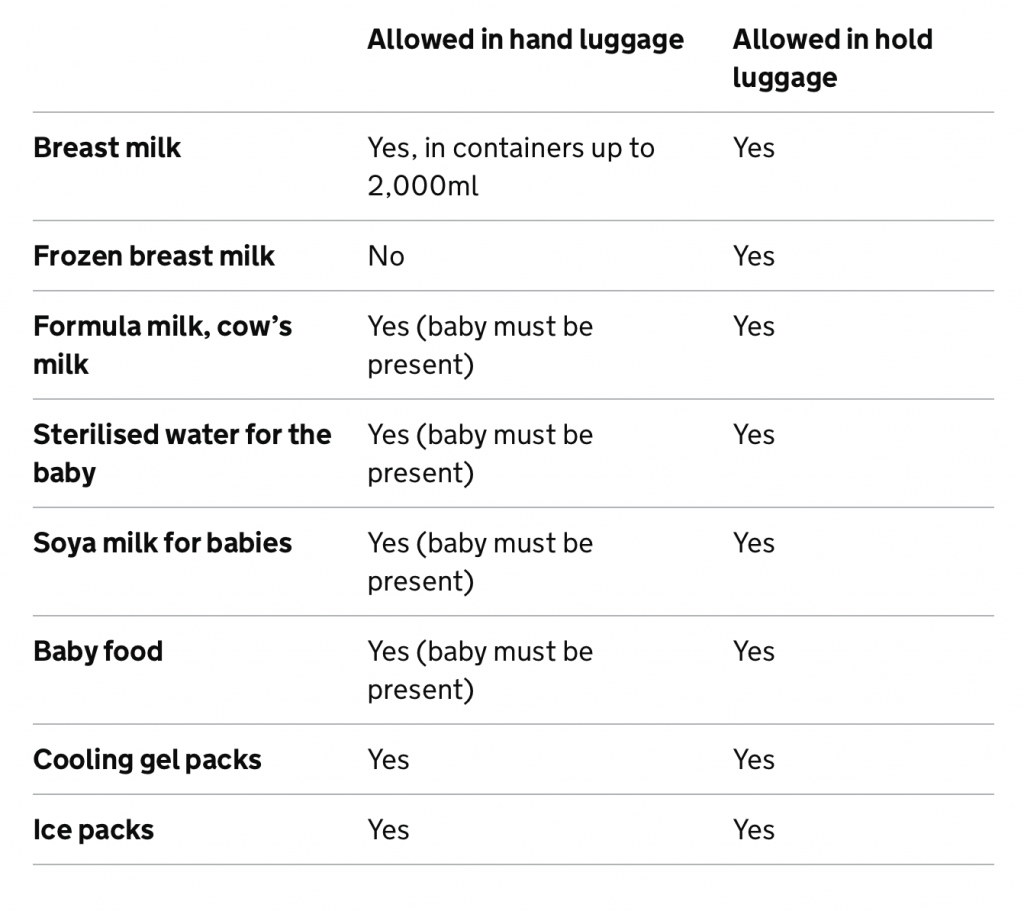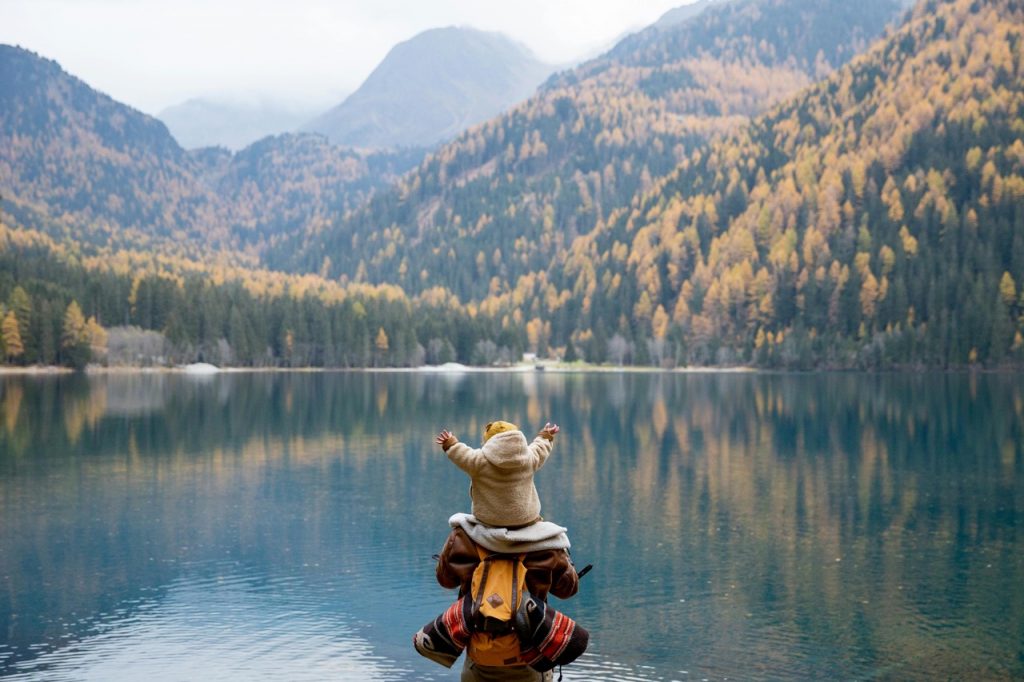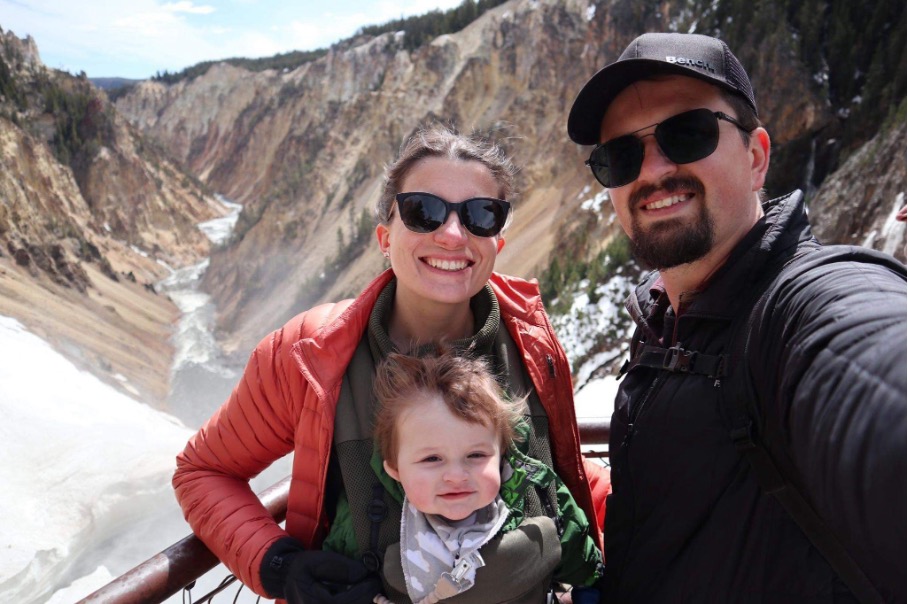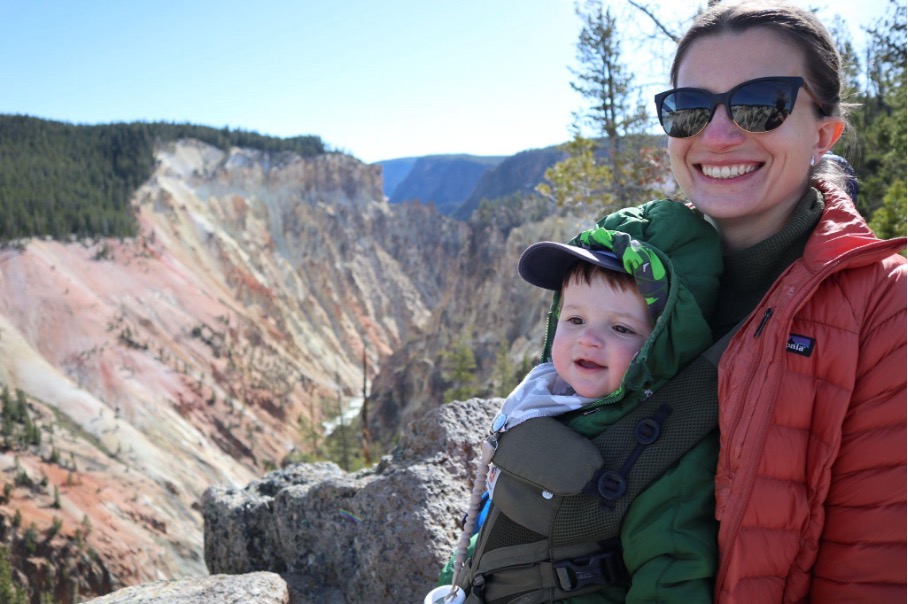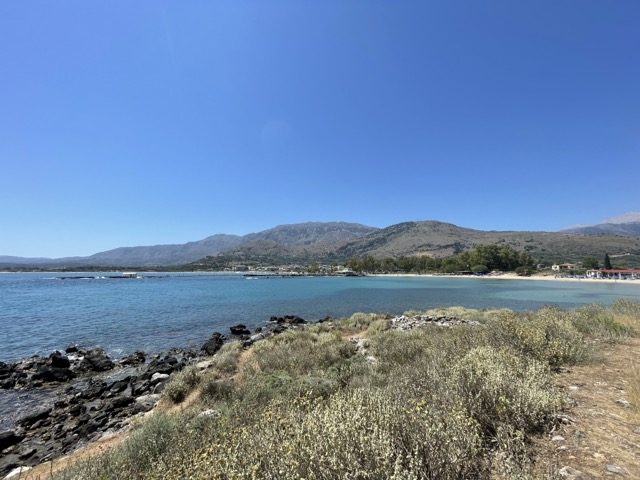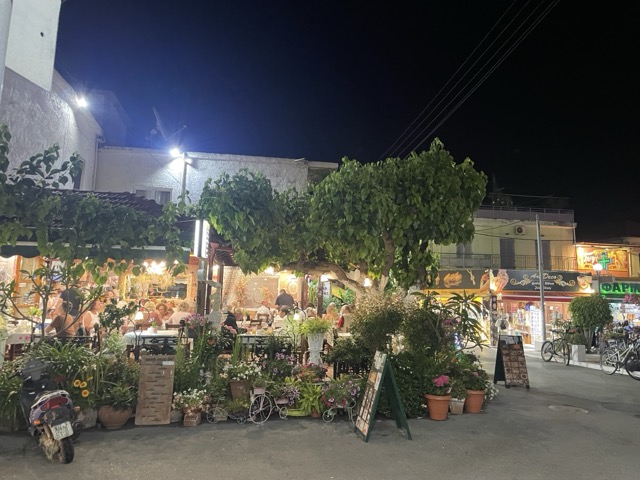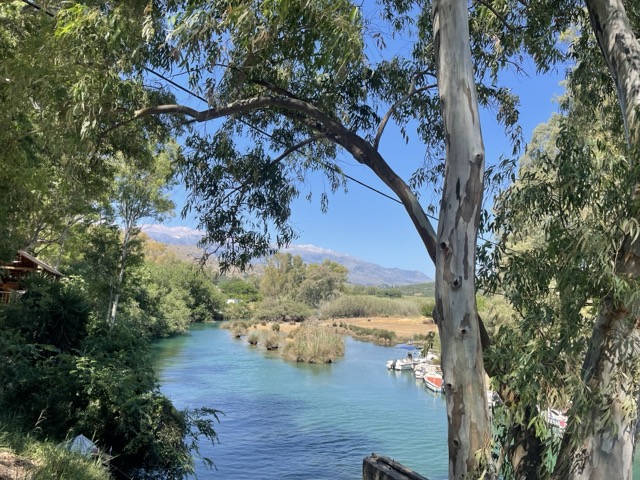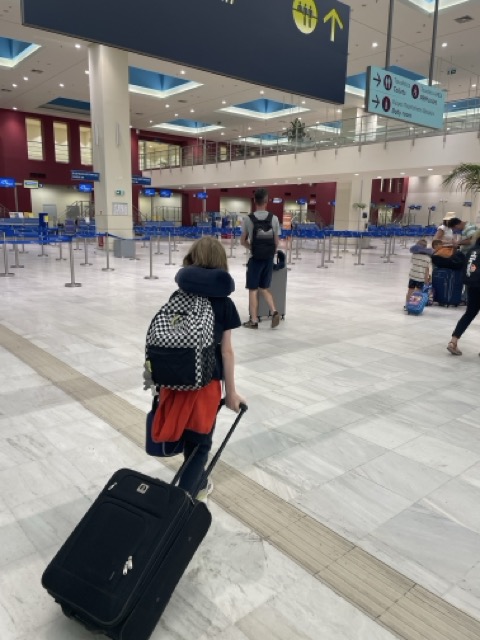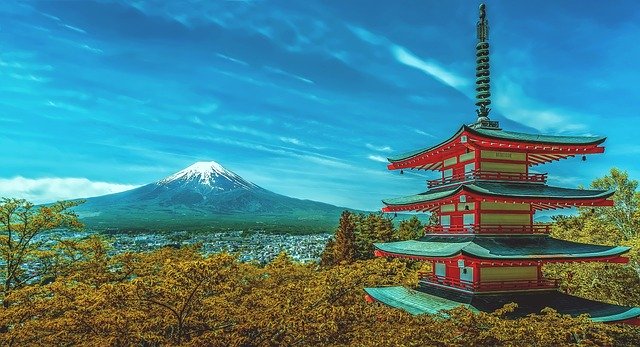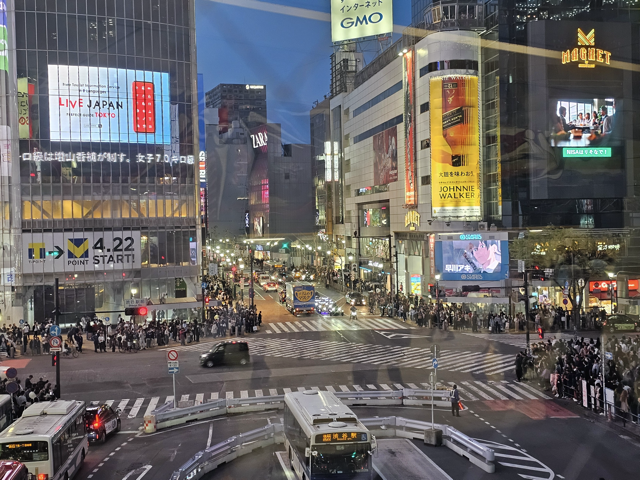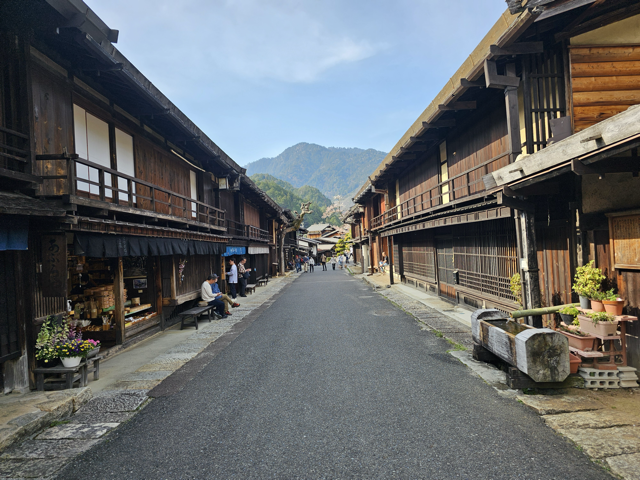If you’re looking for a travel destination that provides a great social place to take a break from your studies and meet people with lots of things to do, then Thailand is for you. Here’s how one traveller explored Thailand’s bustling cities and serene towns.
Where should I stay during my gap year adventure inThailand?
In Bangkok, Thailand’s capital city, I stayed at this Airbnb which was about 20 minutes from the city centre by metro. I picked this place because I wanted an affordable place to stay that was relatively close to the city centre. However, I would recommend paying the extra money and staying in the centre as it was quite tiring going in and out via the metro – especially in the heat!
In Pai, I stayed at Phu View Guesthouse. After the chaos of Bangkok, this place felt like paradise. It was so quiet and peaceful that you forget you’re near the town centre. I picked this place because it was close to the centre but not so close that the bars would keep me up at night! I’d recommend this place if you want some peace and quiet but also want to be walking distance to the hustle and bustle.
In Chiang Mai I stayed at The Common Hostel. This was one of the best hostels I stayed at. The rooms were clean, A/C was on constantly, a large kitchen area, free breakfast and spacious female-only bathrooms. I stayed here because it was in the centre and it was easy to walk around and get Maxim/Bolts to places. I highly recommend this place as it’s easy to meet and talk to people.
Top tips for things to do on a gap-year in Thailand
In Bangkok:
Get travel vaccines. In the UK, travel vaccines can put a sizable hole in your budget. I decided to get them done in Bangkok for a third of the price, and the service was incredible! I went to the Thai Travel Clinic where the doctors and nurses were very helpful and informative. Simply book an appointment online and take your passport with you to your appointment. So if you’re in Thailand for a considerable amount of time, I recommend getting your vaccines done here.
Khao San Road area. Khaosan Road in Bangkok is a vibrant and bustling area that offers a unique blend of cultural experiences, making it an ideal spot for those on a gap year who want to meet new people and immerse themselves in the local scene. There are affordable accommodation options, street vendors, food stalls, bars, clubs and more. You can also find language schools, cultural workshops, and universities within a short commute.
In Chiang Mai:
Bua Thong Waterfalls or “Sticky Waterfalls”. This is the perfect thing to do during a heatwave. Bua Thong Waterfalls, also known as the “Sticky Waterfalls,” are known for their unusual “sticky” quality due to limestone deposits that make the rocks easy to grip. You can climb different levels of the waterfalls and it’s so much fun! The water falls on top of you as you’re climbing the rocks barefoot and it’s exhilarating and refreshing at the same time!
Elephant Nature Park. There are many elephant sanctuaries in north Thailand but I recommend going to Elephant Nature Park (ENP) as their mission is to rescue and rehabilitate elephants and other animals while promoting ethical and sustainable tourism. It was eye-opening to see the abused elephants healing and be truly happy in a large area to freely roam without being chained up. If you’re staying in Chiang Mai, you can volunteer to help take care of the elephants. You can stay for longer periods, meet new people and contribute to the park’s mission.
In Pai:
Outdoor adventures. I enjoyed activities like hiking, trekking, and exploring nearby waterfalls (e.g., Mo Paeng Waterfall, Pam Bok Waterfall). Pai Canyon and the Tha Pai Hot Springs are also popular spots for nature lovers. I highly recommend visiting the canyon during sunset as there’s no-one there so you’ll have the place to yourself! The hot springs are very relaxing with various temperature pools – don’t forget to bring lots of water as you don’t want to be dehydrated!
Chill! Since Pai is nestled in a valley surrounded by mountains, it offers a serene environment which is ideal for the new-found pace of gap-year life. Pai is perfect for gap-year students looking to escape the hustle and bustle of larger cities like Bangkok or Chiang Mai. I found Pai to be the epitome of a hippie town with a very laid back vibe and some people definitely high on something. It’s a peaceful, relaxing environment where you’ll meet so many friendly folks.
Best and worst bits of spending gap-year time in Thailand?
I loved how tourist-friendly everything was in Thailand – from menus to street signs you can easily manoeuvre without much difficulty. This makes it a great spot to be here for an extended amount of time on a longstay adventure. I also loved the food, even as a vegetarian. Of all the places I’ve been in Southeast Asia, Thailand was my favourite food spot.
I didn’t love the pollution or the amount of traffic in Bangkok. If you want somewhere peaceful, then avoid Bangkok! Other areas such as Pai and Chiang Mai were a lot more peaceful and refreshing. If you like a city-vibe, I recommend Chiang Mai and if you like a small town vibe, then Pai is the place for you. I’d only spend a few days in Bangkok to see the highlights and then leave asap!
Top tips for visiting Thailand
Physical sim cards. Whilst e-sims are handy, if you’re staying in Thailand for a long time, you’ll want to have an actual phone number you can make phone calls with. In comparison, most e-sims don’t give you a number so you can just use data – great if you’re just visiting the country, but not so much if you’re living there. Plus physical sim cards will be a lot cheaper!
Language exchange meetups. You can find these easily in hostels where you can meet up with Thai people trying to learn English. It’s a great way for both people to learn a language through a native speaker and meet new people.
Don’t criticise Thailand’s King in public. Although the view of the King is mixed, no one will publicly go on record to say anything negative.
Use Maxim for managing your travel money. This is cheaper than Bolt but for Maxim you’ll need cash. Both Maxim and Bolt are safe and easy to use, so just use them interchangeably.
Would you go again?
Yes! I’d probably stay in northern Thailand rather than the south. I’d love to visit Sticky Waterfalls again, especially on a hot day. I’d also like to do a volunteering opportunity at the Elephant Nature Park to care for the elephants which would be very rewarding.
Travel Writer Bio
Simran Kabotra is a writer, avid reader & crocheter who loves travel. She has travelled across Southeast Asia, searched low and high for new adventures, beautiful landscapes and rich history.
Get student travel insurance!
We have specialist travel insurance policies for gap year students as well as travel insurance for studying abroad. All of our policies come with 24/7 multilingual helpline access and each policy can be tailored to suit your unique needs, no matter where in the world you are!
Get in touch with us for a quote or call us on 01892 833338



